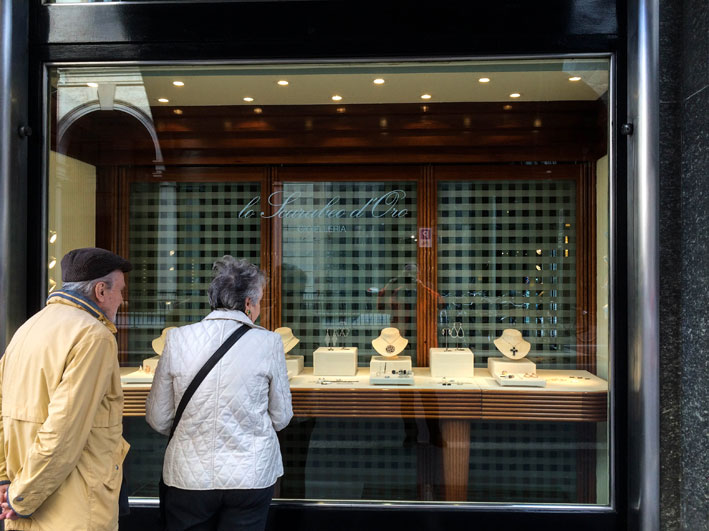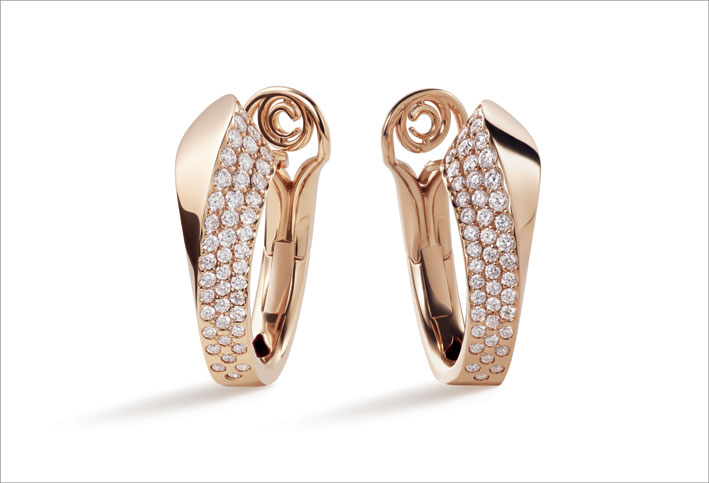Are jewelry stores destined to disappear? Will digital replace brick-and-mortar sales? A survey found that … ♦ ︎
In 2039, twenty years from now, will jewelers still exist? Probably yes, but they will be less and, perhaps, different to those that exist today. Certainly, data in hand, a profound mutation is taking place which, indeed, involves the entire retail sector.
The data relating to Italy, and focused by Federpreziosi, are similar, with small variations, to those of other Western countries: the decline of the physical store is evident, but it does not always mean less sales of jewelry. Statistics for Italy were presented during VicenzaOro in the now classic Digital Talks, a formula devised by Federpreziosi Confcommercio and Ieg: meetings with operators that serve, precisely, to look ahead especially in relation to the transformations of society. Like the digital world, of which gioiellis.com is part, and which represents the radical change that runs through the whole economy.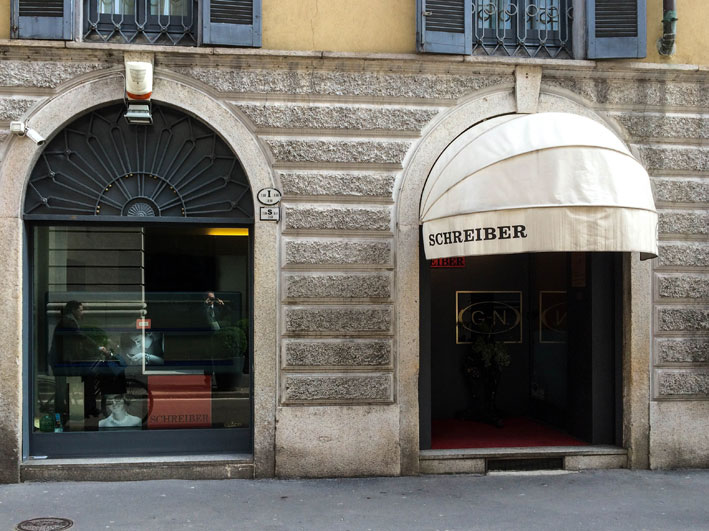
The research carried out by Federpreziosi, in collaboration with Format Research, takes a picture of the sector. In Italy there are over 14,600 jewelers that employ almost 37,000 workers. But the contraction is substantial: in seven years, from 2012 to today, the sector has lost almost 1,000 companies and over 3,000 employees. According to the analysis, the main reasons for the decline in the number of jewelers is caused by the progressive reduction in consumption and the advent of electronic commerce, which in 2019 will produce revenues in Italy of over 30 billion euros, compared to 11 billion in 2012. In short, a deadly pincer: Italians spend less and, at the same time, make purchases more and more often through the internet.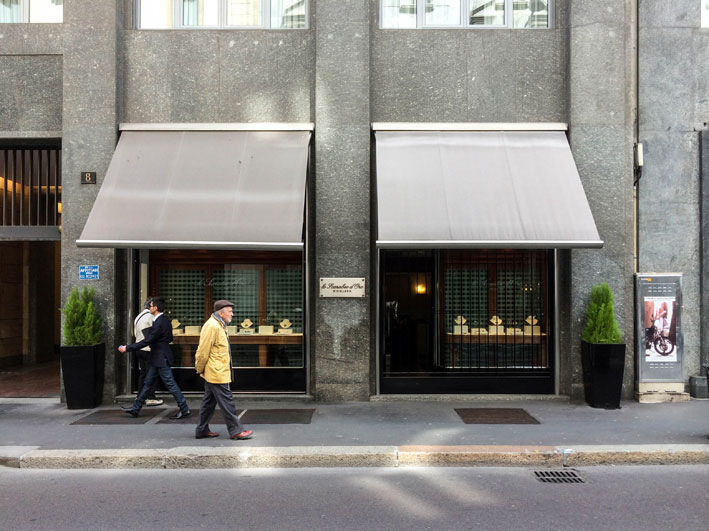
Research also indicates that jewelers who have also chosen the digital road are more commercially efficient. The average revenues of a jeweler in Italy fluctuate between one hundred thousand and five hundred thousand euros, but when the jewelery works on the web, business rises and goes between five hundred thousand and one million euros. However, be careful, it is not enough to have a website: 10.7% of jewelers do not reach a turnover of € 50,000 and 4.1% have, unnecessarily, a website. The question is how these retailers who report such a modest turnover can continue to stay on the market. The same goes for the jewelers between 50,000 and 100,000 euros of revenues, a range that also corresponds in this case to 10.7% of jewelers. And those who have a website are 5.4%, that is about one out of 20 jewelery store and it does not seem to be of much use.
Of course, having a website is inevitable for a jewelry store. But provided you sell a product that already has a consolidated image. If the jewel is unknown or badly communicated by the manufacturer, the distributor can do little. And this depends on the companies that produce jewelry, which must also make their collections known through the use of websites and social networks. But let’s face it: the situation is daunting. Apart from the big brands, jewelers’ websites are often ugly, out of date, even repulse. It seems incredible that companies linked to the world of luxury do not pay attention to the image and, indeed, often ignore the aspect of communication, but it is the pure truth. Thisi is a preoblem that is knew by about who, like gioiellis.com, is in contact with jewelery companies: there are entrepreneurs who don’t even know what a press kit is, with photographic material and press releases for journalists. A deficit of marketing skills that, frankly, looks stunning.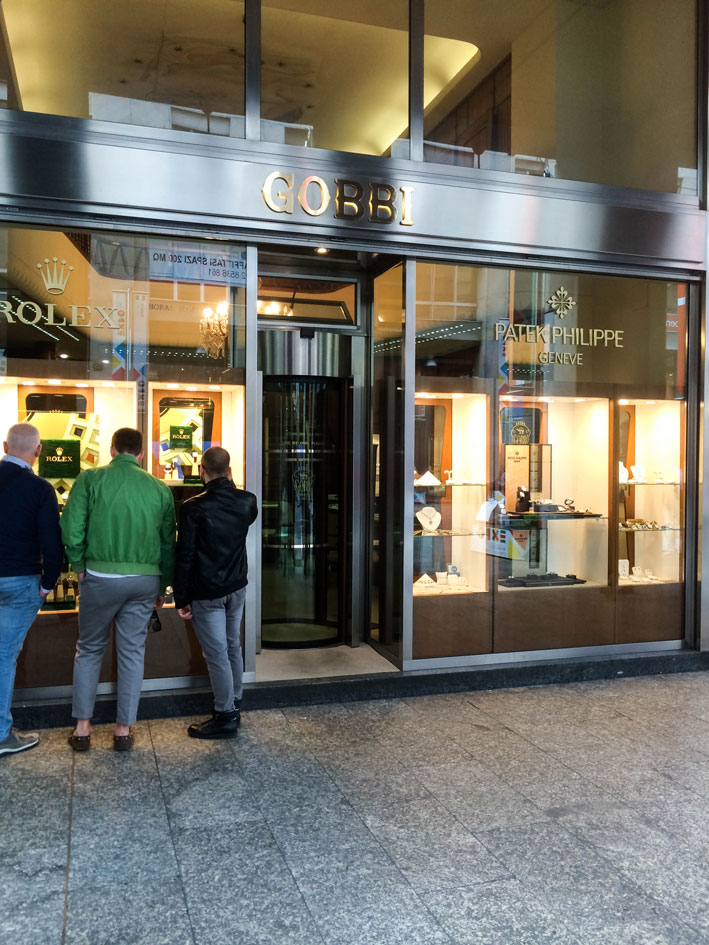
But there is also another capital error: that of those who believe too much in the internet. Or, better takes as valid the fashions that cross the web. Like the incredible success of blogs and bloggers. Of course, often these digital hobbyists, usually subsidized by companies in various ways, boast thousands of followers (who are then often fake). But are these followers potential buyers of jewelry? Or are they simply addicted users of the mobile who distribute hearts to everyone on Instagram? What is the added value of posts found on Instagram or Facebook? You’ll find out, time is a gentleman.